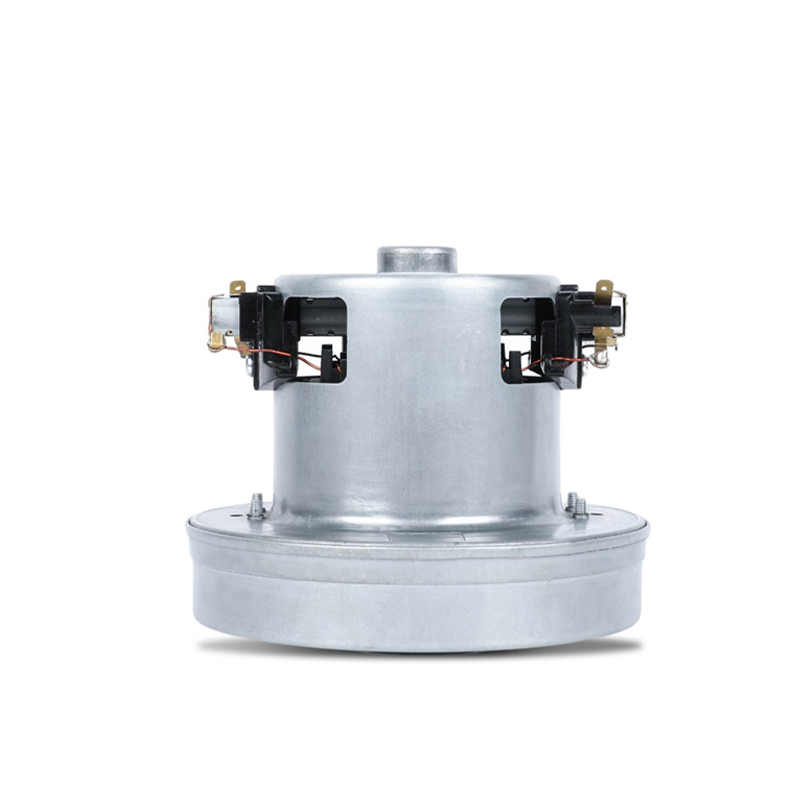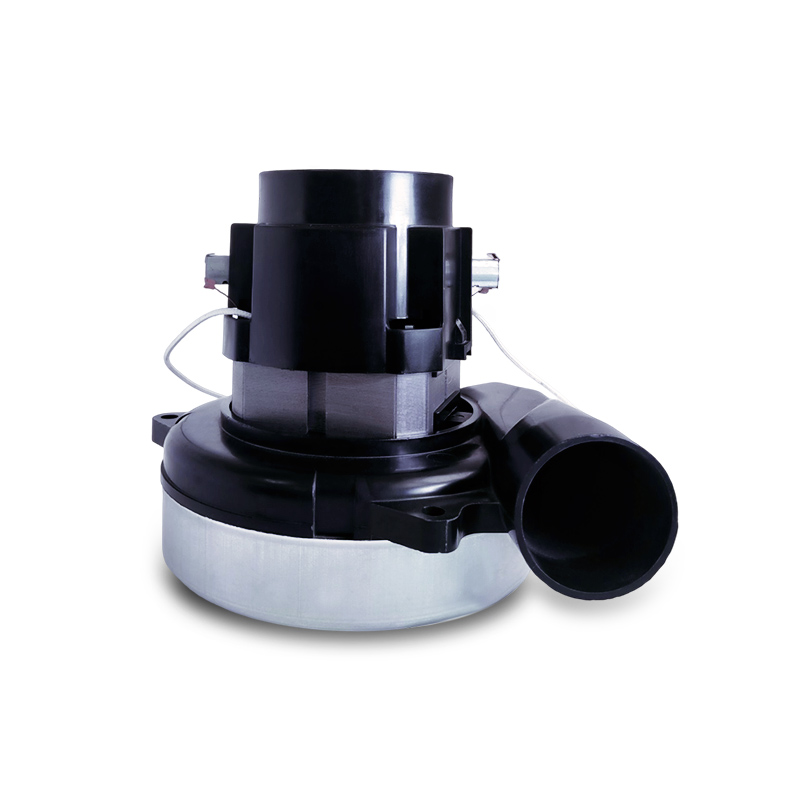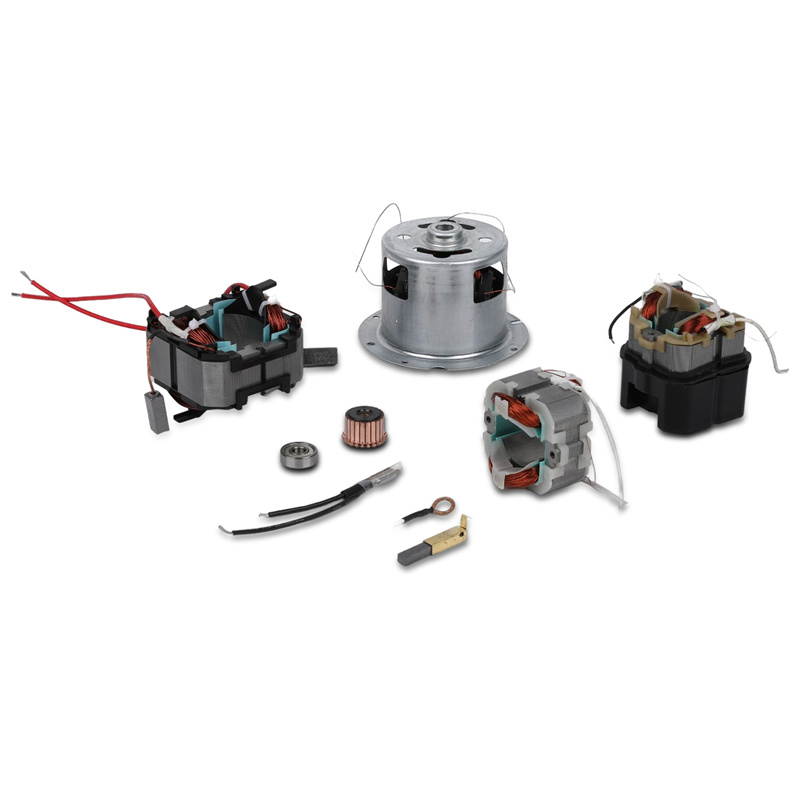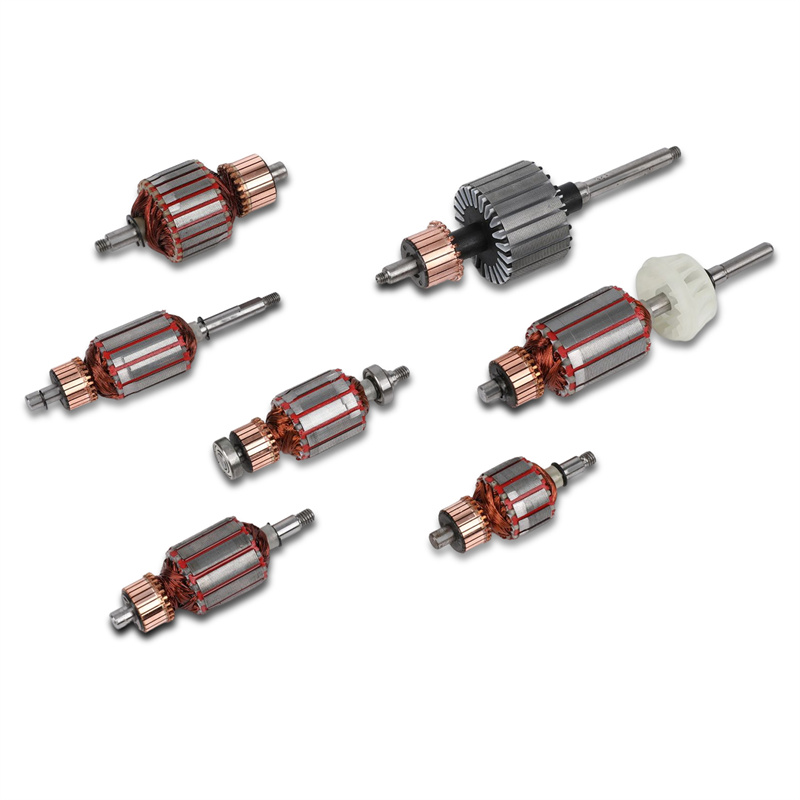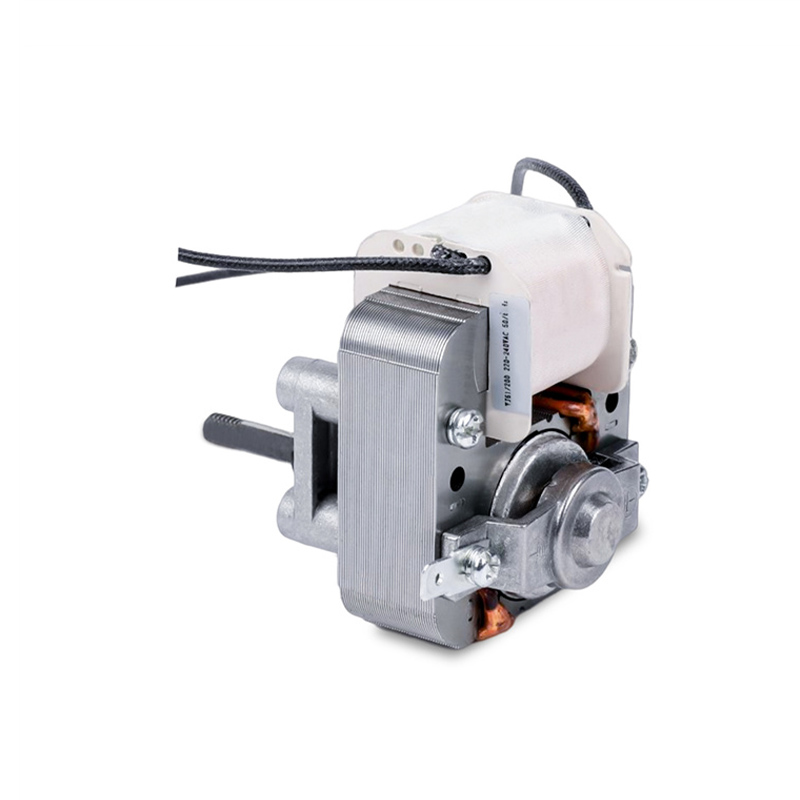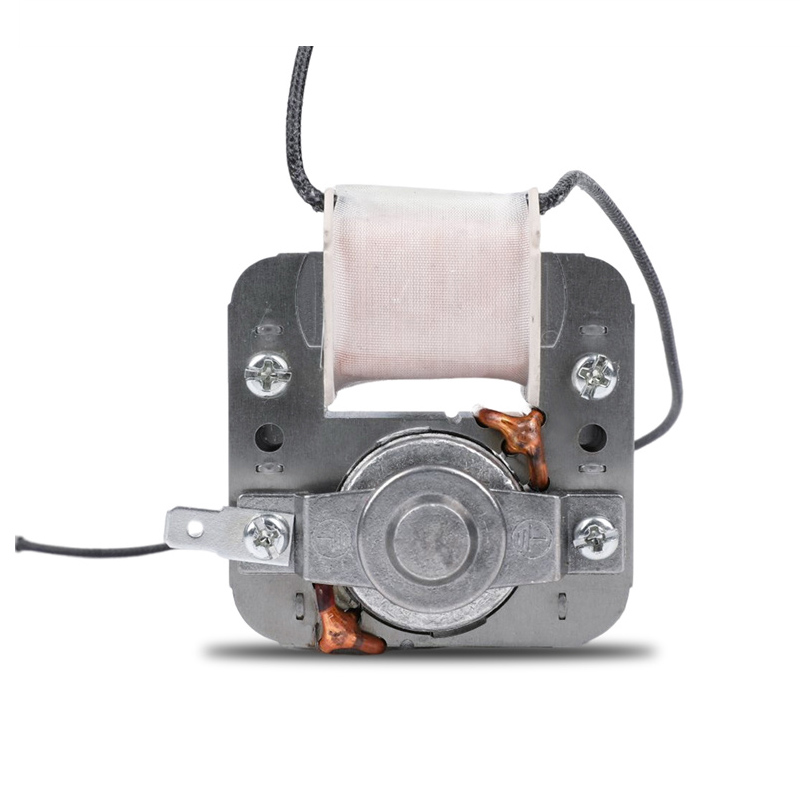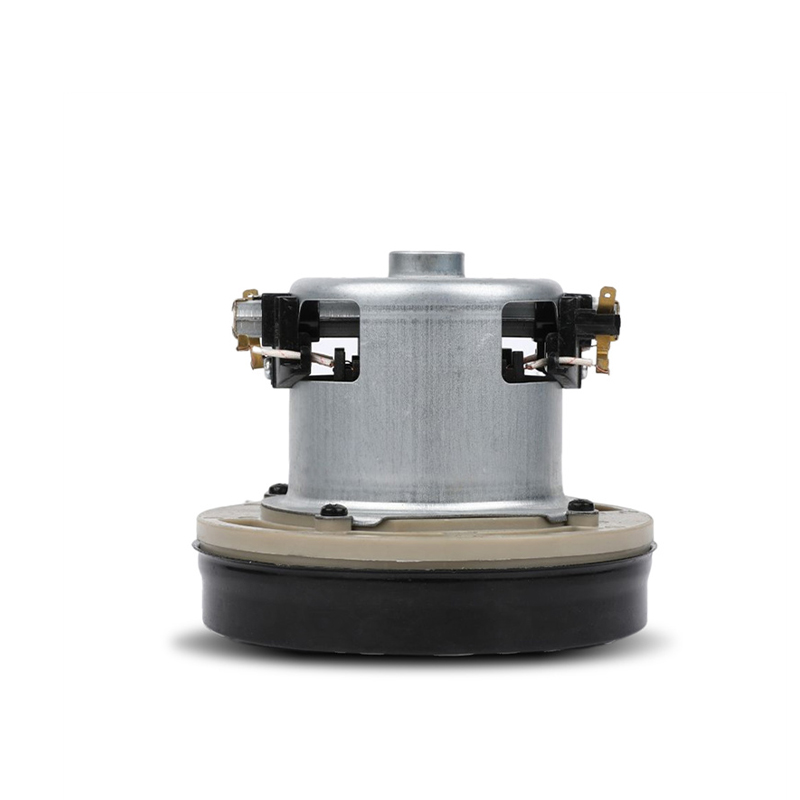What are the effects of design and structure on the performance of industrial vacuum motors
In the industrial field, industrial vacuum motors play a key role, and their performance directly affects the efficiency and quality of various applications. Among them, design and structure, as one of the key factors, have an important impact on the performance of industrial vacuum motors.
Impeller design
As a key component in industrial vacuum motors, the impeller's design has a direct impact on performance. Reasonable impeller design can improve the suction efficiency and exhaust capacity of the motor. Under normal circumstances, the use of optimized impeller shape and blade layout can reduce the resistance to gas flow, thereby improving vacuum and suction strength. In addition, using wear-resistant and corrosion-resistant materials to make the impeller can increase its service life and reduce maintenance costs.
Sealing performance
The sealing performance of industrial vacuum motors has a significant impact on their performance and efficiency. Good sealing design can prevent gas leakage and improve vacuum and suction efficiency. Especially in high vacuum or environments where harmful gases need to be handled, sealing performance is even more critical. Therefore, when designing an industrial vacuum motor, the material, structure and installation method of the seal need to be considered to ensure that the sealing performance meets the requirements.
Structural strength
The structural strength of an industrial vacuum motor directly affects its durability and stability. Reasonable structural design can improve the shock resistance and pressure resistance of the motor, thereby reducing damage and failure caused by vibration and external pressure. In addition, the structural strength is closely related to the safety of the motor, especially in high-pressure or high-temperature working environments, a stronger structure is needed to ensure the safety of operators.
Thermal design
Industrial vacuum motors generate a large amount of heat during operation. Good heat dissipation design can effectively remove heat and maintain a stable operating temperature of the motor. Excessive temperature will affect the performance and life of the motor, and may even cause failure and damage. Therefore, when designing industrial vacuum motors, the layout and material selection of the heat dissipation structure need to be considered to ensure good heat dissipation.
Material selection
The performance and durability of industrial vacuum motors are also affected by the materials chosen. High-quality materials can improve the wear resistance, corrosion resistance and anti-aging capabilities of the motor, thereby extending the service life of the motor. When selecting materials, one needs to consider their performance under different environments and working conditions to meet actual application requirements.


 English
English Deutsch
Deutsch Español
Español 中文简体
中文简体